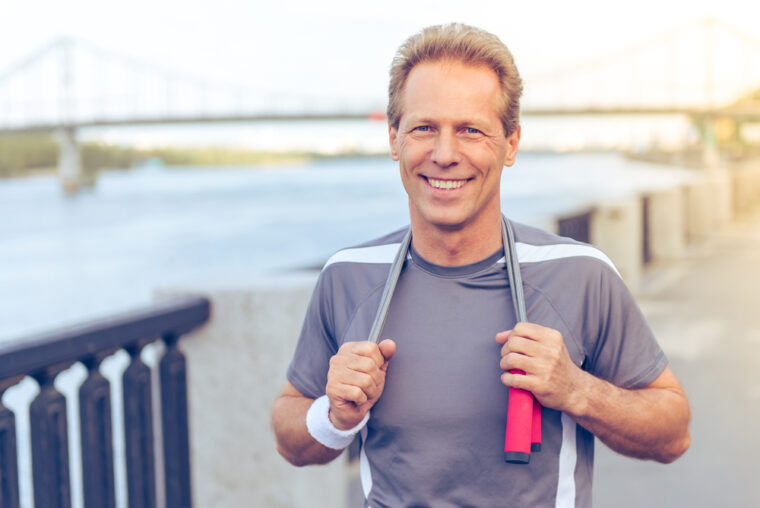In our fast-paced world, it’s not uncommon for individuals to find themselves leading increasingly sedentary lifestyles. Whether it’s due to long hours at the office, extended commutes, or a preference for screen time over physical activity, the consequences of such a lifestyle can be profound. Physical deconditioning, a term used to describe the decline in physical fitness and health due to inactivity, can take a toll on both the body and mind. However, all is not lost. There are effective strategies to reverse the effects of physical deconditioning and restore vitality to your life.
Understanding Physical Deconditioning

Before delving into strategies for combatting physical deconditioning, it’s essential to understand what it is and how it manifests. Physical deconditioning occurs when the body experiences a reduction in strength, endurance, and overall physical function due to a lack of regular exercise. This can lead to a range of issues, including muscle weakness, reduced flexibility, and an increased risk of injury. The good news is that with the right approach, it’s possible to break the cycle and regain physical fitness.
Embracing Regular Exercise
The cornerstone of any strategy to combat physical deconditioning is regular exercise. Incorporating both aerobic and strength training exercises into your routine can help rebuild muscle strength, improve cardiovascular health, and enhance overall fitness. Aim for at least 150 minutes of moderate-intensity aerobic exercise per week, such as brisk walking or cycling, combined with strength training exercises at least twice a week.
Gradual Progression is Key

For those who may have been inactive for an extended period, it’s crucial to approach exercise with caution. Sudden and intense physical activity can lead to injuries and setbacks. Start with low-impact exercises and gradually increase intensity and duration over time. This gradual progression allows the body to adapt and reduces the risk of overexertion.
Seek Professional Guidance
For individuals facing challenges in designing a safe and effective exercise routine, seeking the guidance of a professional can make a significant difference. Physical therapists, in particular, specialize in rehabilitation and can tailor exercise programs to individual needs. They provide expert guidance to ensure that the exercises performed target specific areas of weakness or imbalance. If you’re looking for more personalized support, consider exploring the services offered by Hazleton physical therapy experts in physical deconditioning.
Stay Consistent and Stay Hydrated

Consistency is key when combatting physical deconditioning. Establishing a regular exercise routine and sticking to it is vital for long-term success. Additionally, hydration plays a crucial role in supporting overall health and exercise performance. Drinking an adequate amount of water helps maintain energy levels, lubricate joints, and facilitate nutrient transport throughout the body.
Emphasize Flexibility and Balance
While aerobic and strength training are essential components of a fitness routine, it’s equally important to focus on flexibility and balance exercises. Incorporating activities such as yoga or Pilates can improve flexibility, enhance balance, and reduce the risk of falls. These exercises contribute to overall functional fitness and promote a well-rounded approach to physical well-being.
Conclusion
Combatting physical deconditioning is a journey that requires dedication, consistency, and a holistic approach to health. By embracing regular exercise, progressing gradually, seeking professional guidance when needed, and maintaining a balanced fitness routine, individuals can reverse the effects of inactivity and regain control over their physical well-being. Remember, it’s never too late to start, and small, consistent steps can lead to significant improvements in overall health and fitness.
